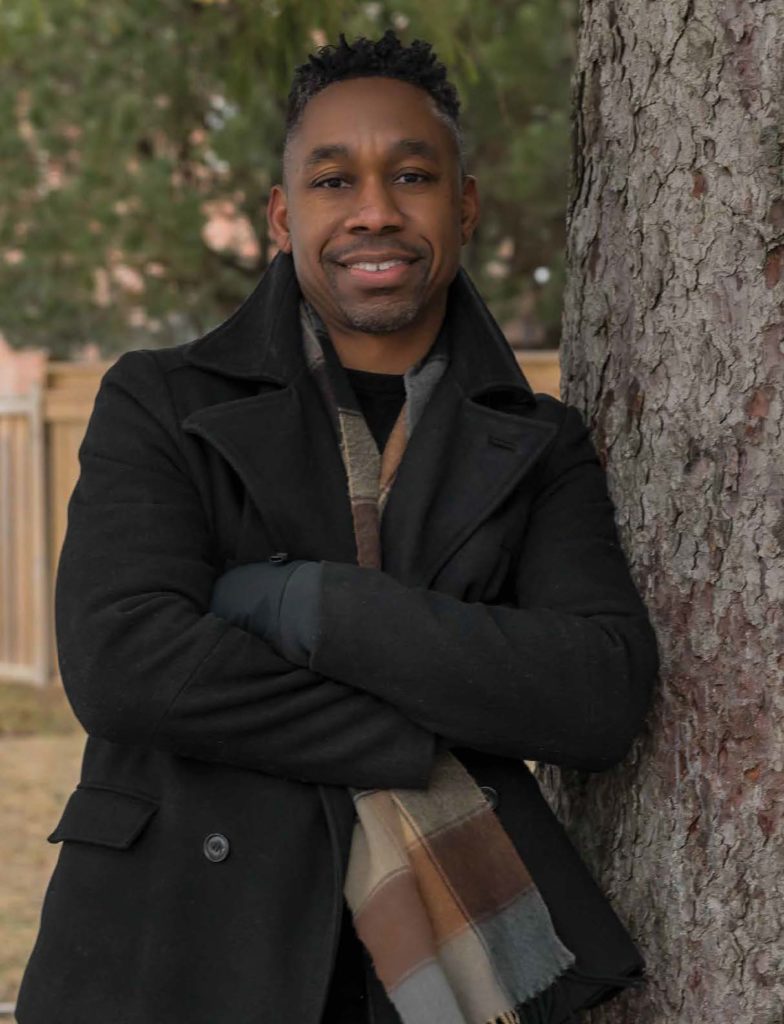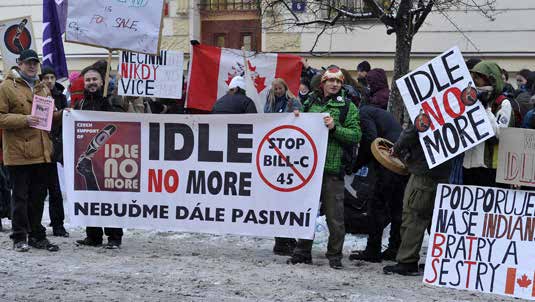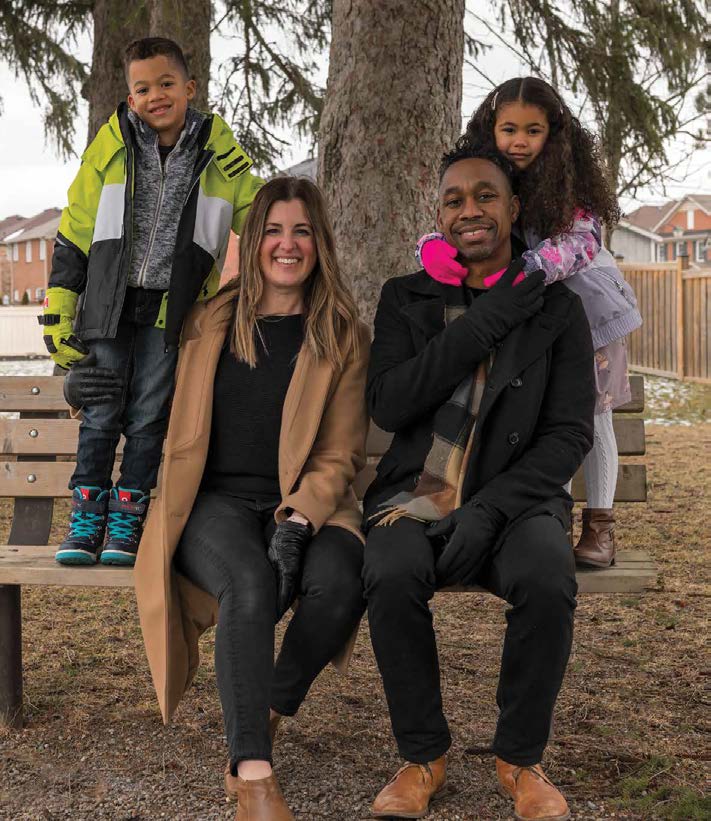What is it again?
Last month, in OTR’s annual Year in Review, an article written by our Corporate Communications Department appeared regarding Diversity and Inclusion.
The article spoke about the Town’s initiatives to create a Diversity and Inclusion Strategic Plan, to develop an official Diversity & Inclusion Staff Working Group, and the intent to hire a new staff position of Manager, Heritage & Community Inclusion. The article further offered a definition: Diversity is about knowing, understanding, accepting, and valuing the unique dimensions, qualities and characteristics that we all possess. Inclusion is about creating an environment wherein all people can develop to their full potential, participate freely, and live in communities with respect, dignity, and freedom from discrimination.
The quest to make society more equitable has been with us for eons. A University of Minnesota professor wrote, “Documents asserting individual rights, such as the Magna Carta (1215), the English Bill of Rights (1689), the French Declaration on the Rights of Man and Citizen (1789), and the US Constitution and Bill of Rights (1791) are the written precursors to many of today’s human rights documents.”
“Yet many of these documents, when originally translated into policy, excluded women, people of color, and members of certain social, religious, economic, and political groups.”
“Nevertheless, oppressed people throughout the world have drawn on the principles these documents express to support revolutions that assert the right to self-determination.”
So, Diversity and Inclusion should be described as an ongoing or never-ending quest. Review the greatest social movements over the past 15 years and think about how each of these relates to an aspect of Diversity and Inclusion:
Accessibility for Ontarians with Disabilities Act. Provincial legislation was passed unanimously by the Ontario Legislative Assembly on May 10, 2005. This Act was enacted to achieve accessibility for all Ontarians with disabilities with respect to goods, services, facilities, accommodation, employment, buildings, structures, and premises on or before January 1, 2025. There are five AODA standards that must be followed at present: Information and Communications Standards; Employment Standards; Transportation Standards; Design of Public Spaces Standards; and, Customer Service Standards.
Idle No More. The grassroots Idle No More movement raised awareness of Indigenous issues in 2012 with round dances, rallies, teach-ins, and social media. The movement gained significant media attention which brought it onto the radar of mainstream Canada. For a very long time, mainstream Canadians were unaware of the horrors and conditions that 150,000 Indigenous children endured in the Indian residential schools over a period of more than 100 years. The Truth and Reconciliation Commission report of 2015 made 94 calls to action. The calls to action in many individuals, organizations, and governments a realization that Editorial by David Tuley they had not just a role to play but a moral responsibility to make amends for the past.
Occupy Wall Street. The Occupy movement was an international socio-political movement that expressed opposition to social and economic inequality and to the lack of “real democracy” around the world. It aimed primarily to advance social and economic justice and new forms of democracy. The movement has had many different scopes since local groups often had different focuses, but its prime concerns included how large corporations control the world in a way that disproportionately benefits a minority, undermines democracy and causes instability.
#Me Too. In 2017, the #metoo hashtag went viral and woke up the world to the magnitude of the problem of sexual violence. The phrase “Me too” on October 15, 2017 and had been used more than 200,000 times by the end of the day. It was also tweeted more than 500,000 times by October 16 and the hashtag was used by more than 4.7 million people in 12 million posts during the first 24 hours on Facebook. #MeToo not only brought the issue of sexual harassment to the forefront but also highlighted gender disparities in representation and power, as well as entrenched gender stereotypes — all of which research has shown to be among the root causes of sexual misconduct.
Fight for $15. In 2013, after four years of the minimum wage being frozen at $10.25, workers came together to launch the Campaign to Raise the Minimum Wage. Communities across Ontario organized creative actions on the 14th of every month to demand that the government ‘melt the freeze’ and bring in a $14 minimum wage. In November 2017, the provincial government introduced major reforms to Ontario’s labour laws. The Ontario government announced it will increase the provincial minimum wage to $15 per hour starting January 1, 2022.
Black Lives Matter. The movement began in 2013 but picked up great momentum when, in 2020, George Floyd, was killed while being taken into police custody in Minneapolis. More than 15 million people participated in protests in the United States, making it one of the largest movements in the country’s history. The Minneapolis City Council announced their intent to disband the city’s police department in favor of a more community-oriented agency, and the U.S. House of Representatives passed the George Floyd Justice in Policing Act, but it was blocked by the Senate.
The Great Resignation. The Covid-19 pandemic triggered a quitting spree in North America, with Generation Z and millennials leading the wave. This historic quitting spree is driven by workers are seeking flexible work arrangements, that they feel are just as important as higher pay and job security. Younger workers complain that they are not respected in the workplace, because people are applying stereotypes to them or dismissing their ideas, or that they are not being mentored.
These social movements that were supported by millions pertained to access, awareness, acknowledgment, justice, disparity, stereotyping, fairness, racism, and respect; in other words, Diversity and Inclusion.
Arm Your Organization
We’ve read what the public sector (Town) intends to do, but what can your business, organization or collective do to embrace Diversity and Inclusion? “They can embrace Cultural Intelligence (CQ),” says Stouffville consultant Carlos Cadogan. “With high CQ we are less likely to act on our biases, particularly when it comes to decision-making. CQ helps minimize the application of bias by building your curiosity/drive, knowledge, strategy, and ability to take intentional actions.”
CQ? I asked Carlos. “IQ is short for intelligence quotient. It is a measure of a person’s reasoning ability. CQ is shorthand for cultural quotient – a person’s capability to function effectively in a variety of cultural contexts.”
Carlos adds, “With high CQ we start to develop strategies to avoid acting on our unconscious negative biases by understanding cultural differences and how everyday influences such as time pressure, fatigue, and distractions can all lead to biased thinking and behavior, especially when there is a significant amount of uncertainty or ambiguity in a culturally-diverse situation.”
“Culture is the accepted and familiar behaviours, beliefs, and assumptions about what is ‘normal’ for members of a particular group. Organizations have cultures, families have cultures, regions and communities have cultures, Culture can also be thought of as ‘the way we do things around here’” – Carlos, The CQ Mindset.
I met Jannah Cadogan exactly two years ago. Back then, she had recently launched Girl’s Got Fitness, an online storefront featuring affordable fitness gear. Her husband, Carlos, helped behind the scenes with web optimization and other technical matters. Jannah identified a legitimate need for good quality, affordable, fitness-related apparel products, and she did well for a while, but her heart was not quite in it. “I found myself failing to make time for marketing,” said Jannah. The kids were young, and she admitted – “I’m a mom first.”
“We are entrepreneurial, and we were pursuing endeavors for money – not love,” said Carlos. For many years, Carlos had been providing talks on the subject of emotional intelligence. He found that he really enjoyed it – enough to return to school.
Carlos is now a Certified Cultural Intelligence Consultant. He and Jannah launched CQ Mindset, a consulting firm that helps individuals and organizations improve their capability to function effectively in a cultural context – both internationally and domestically.
With CQ Mindset, Carlos is the Chief Intelligence Officer and Jannah is the Chief Administrative Officer. They are currently working with a large organization in Houston, Texas and a large Ontario Transportation company.
CQ Mindset services including Diversity, Equity & Inclusion Strategy Development and Implementation, Culture Intelligence Leadership Training , Managing Bias with Cultural Intelligence Training, Team Effectiveness Training, and Cultural Intelligence Workshops.
Carlos and Jannah are very accessible locally. On good days (pandemic-open) you might see them in the Main Street Bakehouse, but on many days, you may find them playing in Aspen Crescent Parkette.




